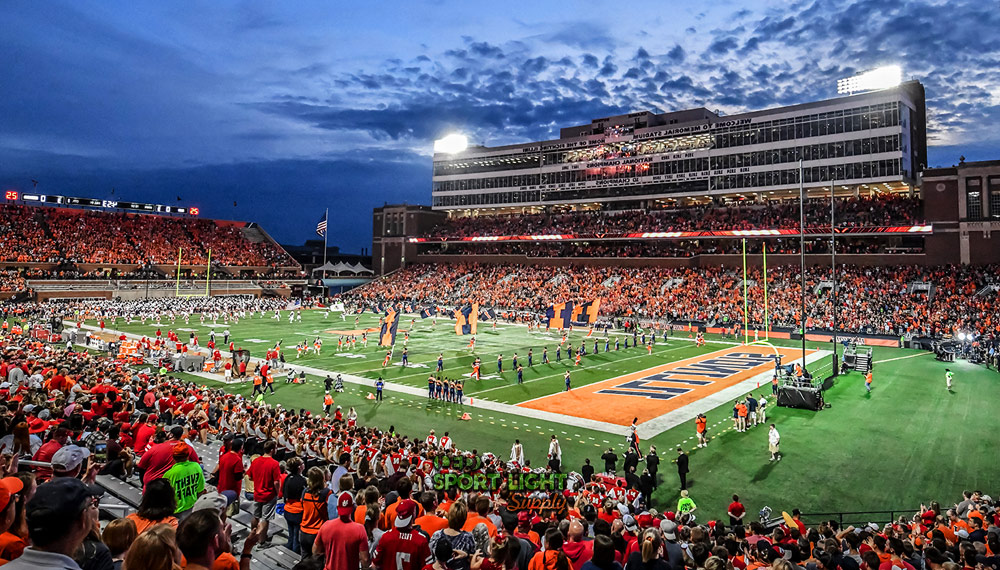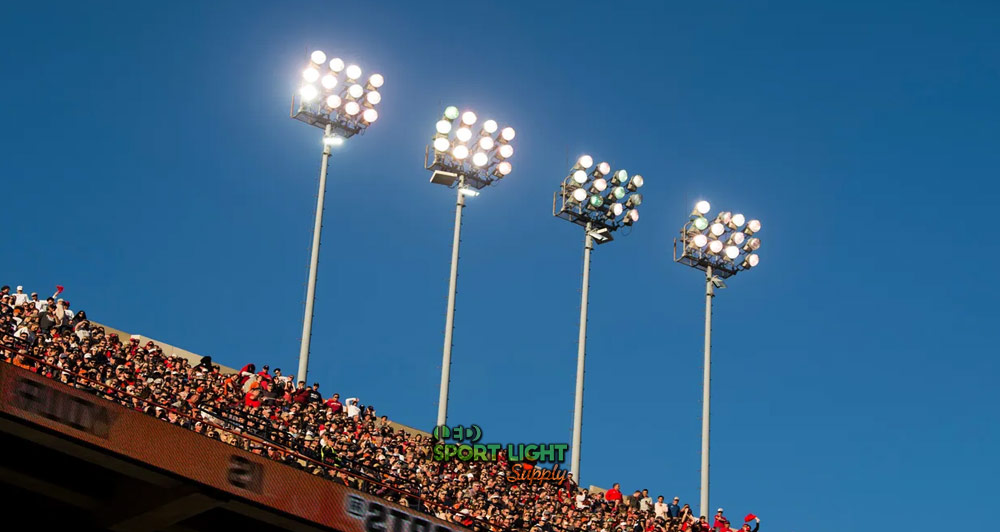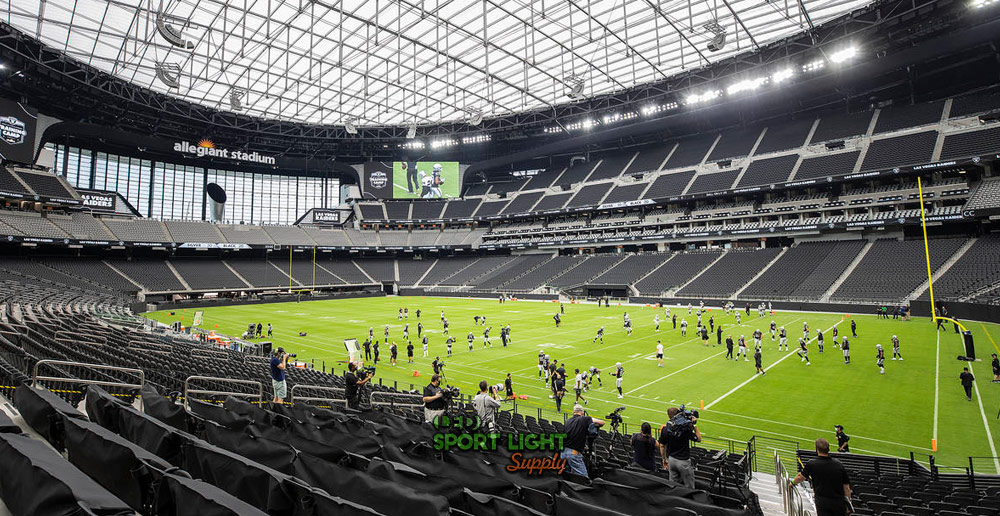Stadiums predominantly use High-Intensity Discharge (HID) lamps for their lighting needs. These lights generally have a higher wattage compared to other outdoor lighting options. However, a notable drawback is the time required for them to warm up and achieve full brightness. This delay can lead to issues, as seen during Super Bowl XLVII, when a power outage caused some stadium lights to shut off, resulting in a 34-minute delay in the game.
Table of Contents
ToggleWhy Do Metal Halide Stadium Lights Take So Long to Warm Up?

The Nature of Metal Halide Lighting
Many stadiums continue to use Metal Halide (MH) lights, known for their slow warm-up period. These lights do not immediately reach their optimal brightness. Instead, they can take between 5 and 20 minutes to achieve about 90% of their full output. To address this delay, stadiums often turn on the lights well before they are needed, allowing them to reach the desired brightness by the time the event begins.
Warm-Up Period
When first turned on, metal halide lights emit a dim glow. During the warm-up period, which can last up to 15 minutes, the lights gradually brighten and shift in color until they reach their full intensity. This warm-up period, also known as run-up time, is a normal part of the light’s operation.
Restrike Time
Another consideration is the restrike time. After turning off metal halide lights, the arc tube must cool down before the lights can be switched back on. This cooling period is essential to prevent damage and ensure proper function when the lights are restarted.
Do High-Pressure Sodium Lights Start Up Faster Than Metal Halide?

High-Pressure Sodium Lights
High-Pressure Sodium (HPS) lamps do experience a delay before reaching their full brightness, but this is typically shorter than that of Metal Halide (MH) lamps. The warm-up period for HPS lamps can be up to 10 minutes. These lamps feature an arc tube that is stabilized by a frame, and the interior of the tube is under high pressure, which enhances efficiency. Initially, the arc produces a blue light as the mercury vapor heats up. As the lamp continues to warm, sodium vaporizes, and the light gradually shifts to its characteristic yellow hue at full power.
What Temperatures Do Metal Halide Lamps Reach and Are They Dangerous?
Temperature and Safety Concerns
Metal Halide lamps can reach extremely high temperatures, ranging from 1000°C to 2000°C. These high temperatures pose potential risks, as highlighted by a warning issued by Oregon State Officials in 2005. The warning followed an incident in which 80 teachers in Lake Oswego experienced symptoms from exposure to ultraviolet radiation emitted by a cracked Metal Halide bulb in a school gym. The exposure resulted in temporary blindness, sensitive skin, and burned corneas.
Safety Measures
Due to these risks, it is crucial to install Metal Halide lamps in public areas with proper safety measures. Modern regulations often require that these lamps have self-extinguishing features if the casing is cracked to prevent accidents and ensure public safety.
What Is the Solution?

LED Stadium Lighting
The shift towards LED lighting in sports stadiums represents a significant advancement in lighting technology. LED lights offer a compelling alternative to traditional Metal Halide (MH) lamps, addressing many of the concerns associated with MH lighting.
Advantages of LED Lighting
One of the most notable issues with Metal Halide lamps is the intense heat they generate. Metal Halide bulbs can become extremely hot, and if they malfunction, they pose serious risks such as falling or exploding, potentially causing fires. For instance, a recent incident in New York highlighted the dangers when a Metal Halide lamp failure led to a fire at an industrial site, with molten glass from the bulb contributing to the blaze.
In contrast, LED lamps provide a much safer alternative. They do not suffer from the same failure modes that can lead to dangerous incidents. LED stadium lights offer several key advantages over Metal Halide lamps:
| Advantage | Description |
|---|---|
| Reduction in Electricity Use | LEDs consume significantly less power, leading to lower electricity bills and a reduced environmental impact. |
| Reduced Cost of Maintenance | LED lights have a longer lifespan and require less frequent replacement and maintenance, resulting in cost savings over time. |
| Better Performance | LEDs provide superior performance with features such as instant on and off, as well as adjustable dimming capabilities, which are not available with Metal Halide lighting. |
The Evolution of LED Lighting
Since their invention in 1962, LED lighting has rapidly evolved. Modern LEDs are highly efficient, environmentally friendly, and offer superior lighting quality with lower glare. They also allow for precise control, including instant switching and dimming, making them an ideal choice for stadium lighting. The shift to LED technology not only enhances the safety and efficiency of lighting but also aligns with contemporary environmental and performance standards.
Conclusion
The transition to LED lighting in sports stadiums marks a significant advancement over traditional Metal Halide (MH) lamps. LED technology addresses many of the challenges associated with MH lighting, such as prolonged warm-up times, high heat generation, and the potential for dangerous failures. By providing instant illumination, enhanced energy efficiency, and reduced maintenance costs, LEDs offer a safer, more cost-effective, and environmentally friendly solution.
